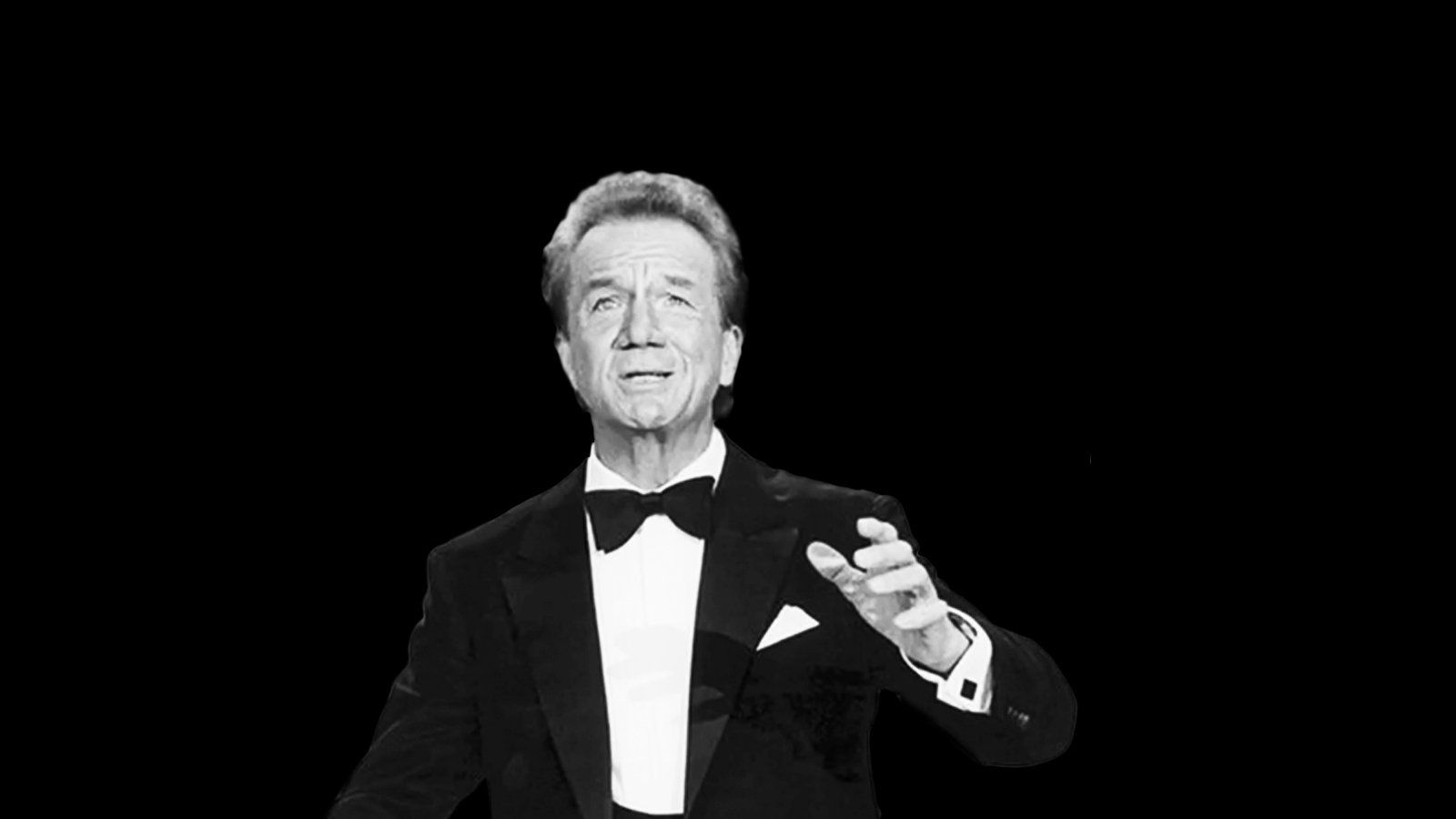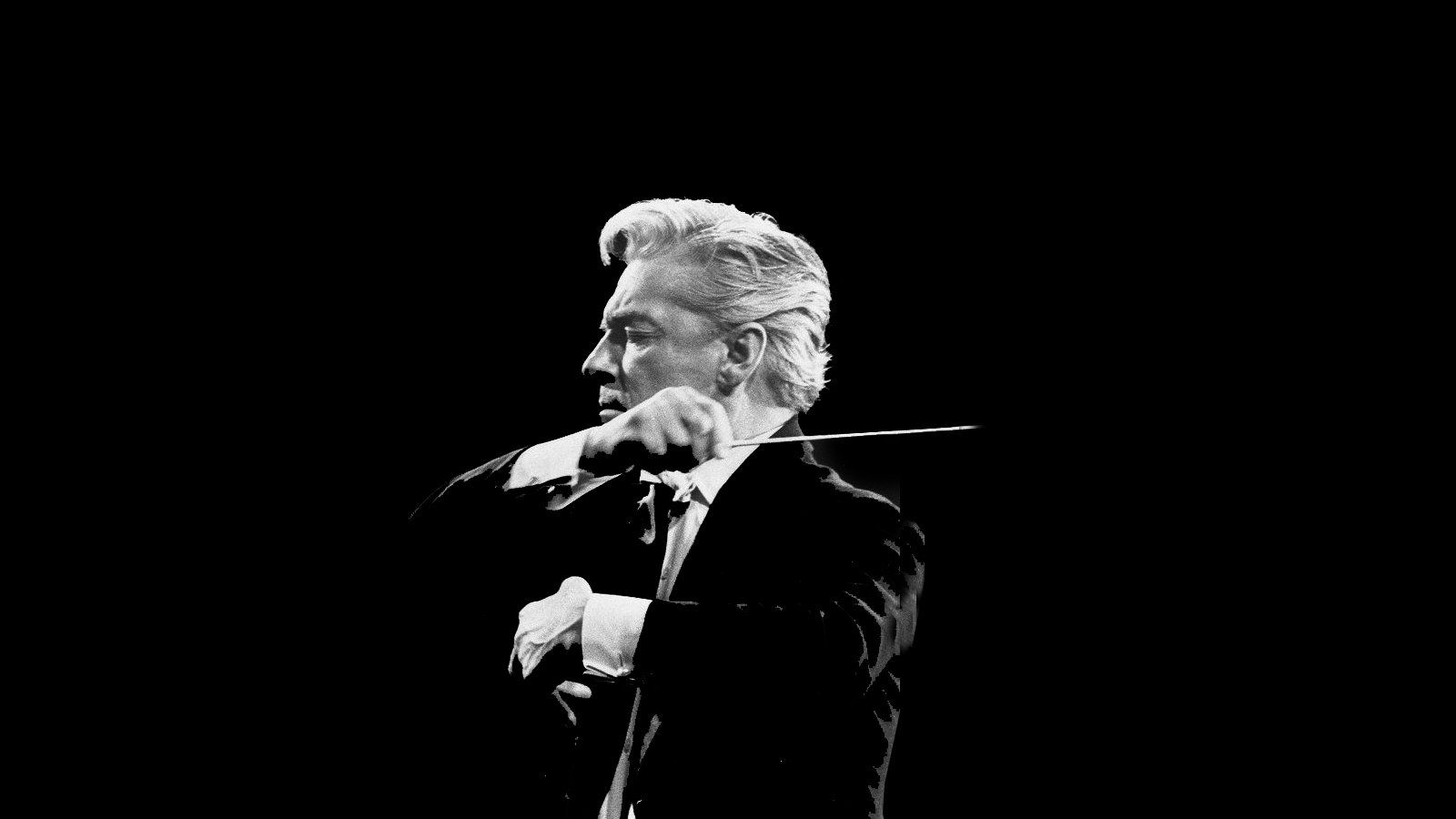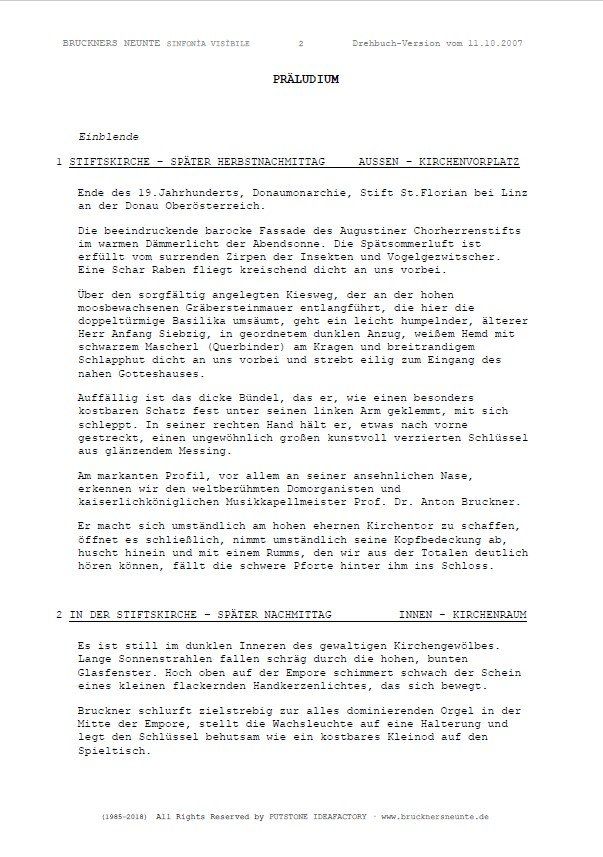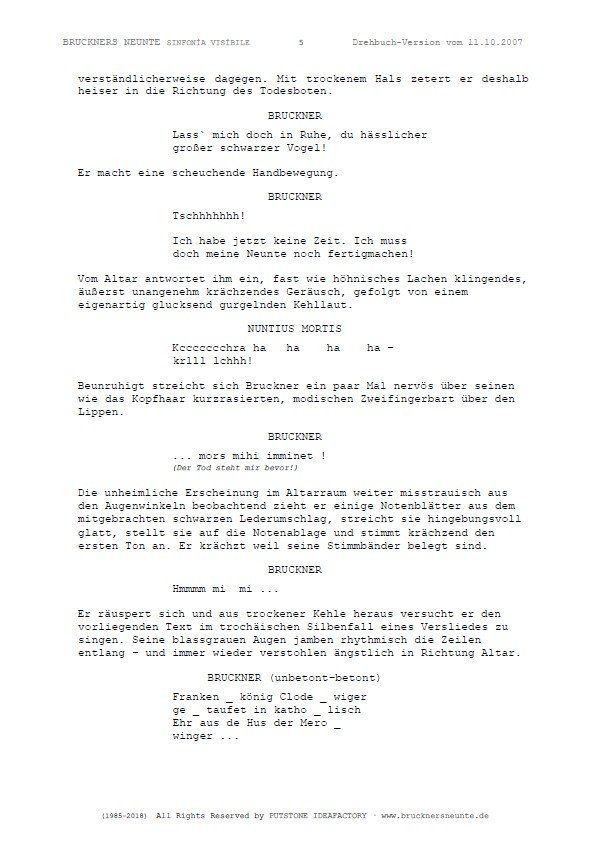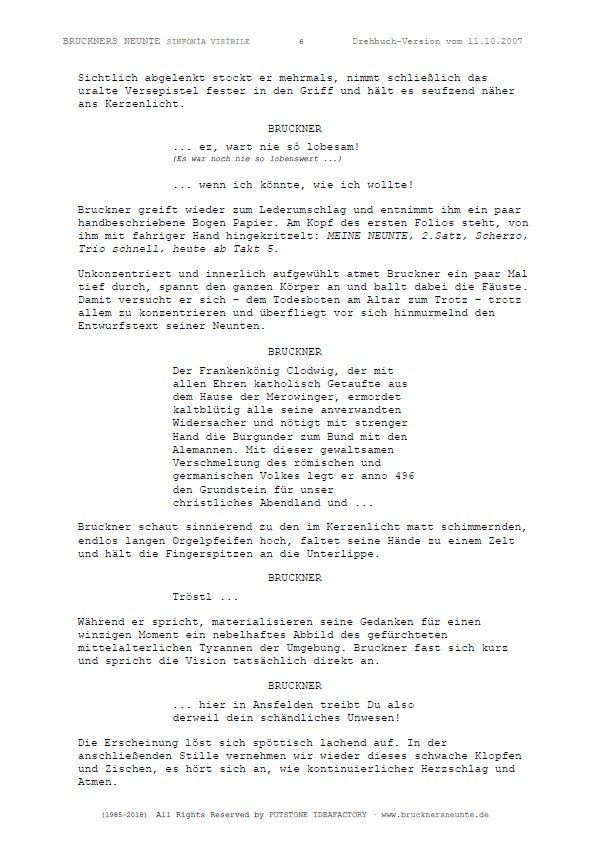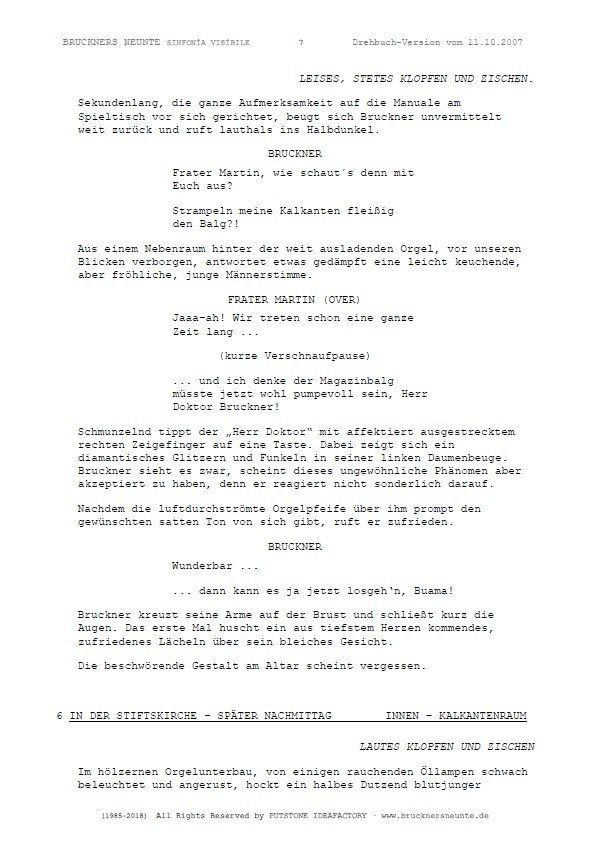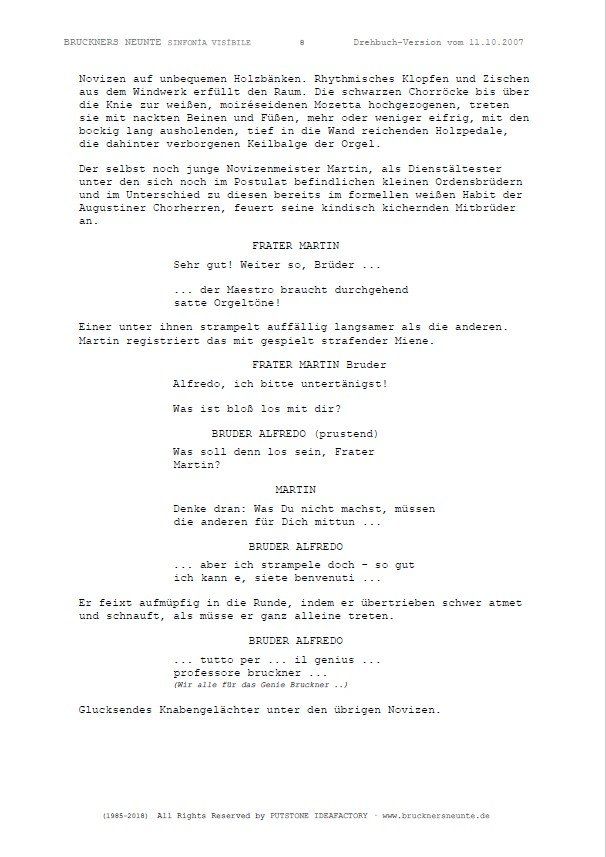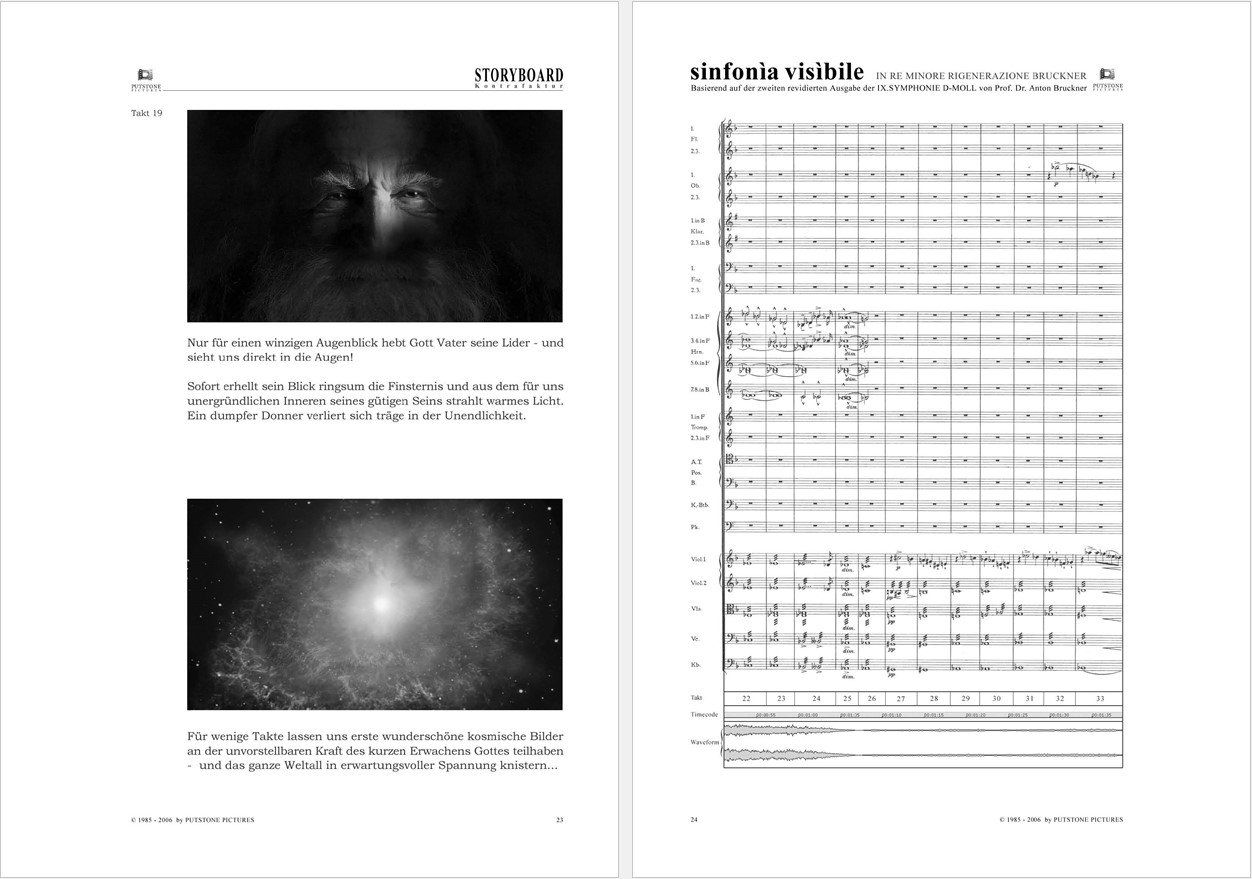BRUCKNERS NEUNTE
sinfonìa visìbile in re minore regeneratione Bruckner
The world's first cinematic adaptation of Bruckner's Ninth Symphony in D minor tells the incredibly dramatic story of the Western world from prehistoric times to our distant future in an audiovisual format.
Using modern means and a contemporary soundtrack of the famous symphony, a mystical-real historical adventure is presented.
PUTSTONE PICTURES interprets the unfinished symphony as "The Unfinished," symbolizing the unfinished eternal creation.
The work combines orchestra, acting and film into a unique illusion.
GOODIES
A short, dramatic excerpt from Bruckner's Ninth Symphony is performed by him...
Soundtrack
Demo version from the
"symphony visible in re minore regeneratione Bruckner"
CONTENTS
LEGEND
Infinity presented audiovisually
This by the Gesamtkunstwerkwerker Walter Wilhelm Legenstein in hisPUTSTONE IDEAFACTORY
from Bruckner's Ninth Symphony, which he had studied for decades, he counterfactualized "sinfonìa visìbile"
is a long overdue, contemporary form of presenting classical music.
Unison across four projection levels, making the experience more immersive for everyone than reality itself, the auditorium will be treated to a breathtaking audiovisual spectacle of a very special kind, presented in brilliant sound and image quality. With previously unheard AI-powered, magically virtuosic soundscapes and scenes from the eventful history of the Western world, a colossal three-dimensional dome of superlatives arches over the auditorium.
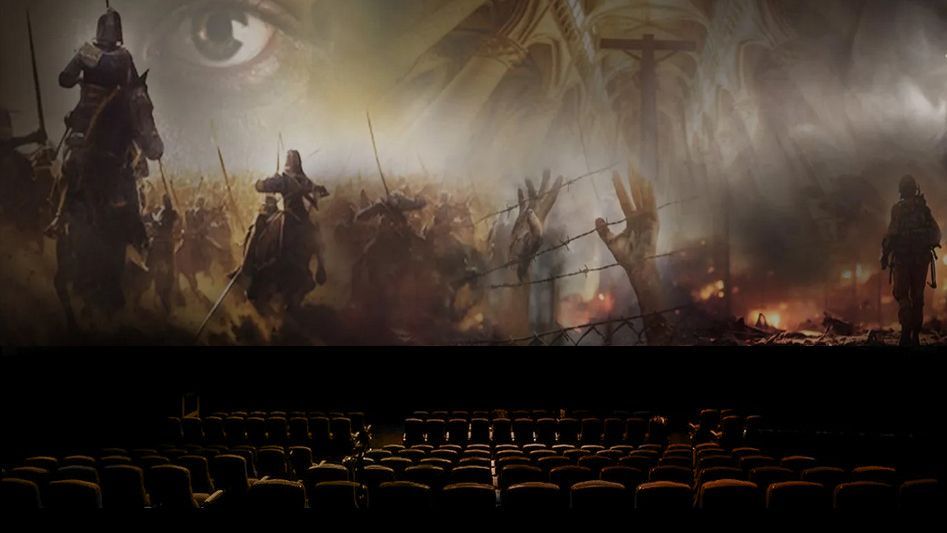
Is that even allowed?
Walter Wilhelm Legenstein: In my freethinking artistic capacity as an author and director, over 40 years ago I embarked on a decidedly ambitious project in Anton Bruckner's birthplace: the visual realization, as envisioned by the composer himself, of a hitherto unfinished classical symphony. Right from the start of my idea to create a contemporary visual interpretation of Bruckner's (unfinished) Ninth Symphony from the 19th century, I was immediately criticized from various quarters: Are you even allowed to adapt the brilliant masterpiece of such a renowned composer according to your own vision and publish it as your own work?
A valid question!
Legal responseYes! The term "public domain" refers to all works that are no longer subject to copyright, specifically because the copyright term of 70 years after the author's death has expired (Bruckner has been dead for over 100 years). Furthermore, according to Section 3 of the German Copyright Act (UrhG), adaptations are protected like independent works. This means that the adaptor enjoys full copyright protection for their adaptation.
Moral responseNo! That's why I'm only working on the part in Bruckner's Ninth Symphony that the composer himself didn't finish due to the lack of technology at the time.The fourth movement was written and therefore passed on to later generations. Furthermore, this 19th-century musical work is naturally not subject to any "visual" copyrights.
The plot
It's about coping with death.
Key scene
[19th century; late autumn afternoon; St. Florian Collegiate Church; inside at the organ console.]
The devoutly religious Anton Bruckner, contemporary of Richard Wagner, brilliant composer and best organist of his time, performs his divinely consecrated omnipotent NINTH SYMPHONY for probably the very last time before his approaching death, together with an imaginary symphony orchestra of over one hundred very young musical talents.
The elderly church musician Bruckner, suffering from confused near-death hallucinations, clearly does not have much time left on earth, and therefore he wants to use all the remaining vitality to further perfect his epochal musical narrative of the miracle of divine creation from the beginning to the eternal infinity of existence on the organ.
However, he is repeatedly prevented from playing by the hysterically screaming Abbot Domnus, who believes he hears something like evil, demonic sounds in the organ pipes, which he considers to be abnormally evil and resounding throughout the nave. He therefore absolutely refuses to tolerate this almost devilish music in his famous Basilica of St. Florian. He menacingly raises the coveted iron key to the church, aloft the consecrated sacred space, with which he can deny Bruckner access to his beloved organ at any time.
Not far from there, right by the altar at the entrance to the crypt, one can discern the outline of the somber figure Nuntius Mortis, Bruckner's death bird, in his wrinkled, pitch-black cloak that reaches to the floor. A Mephistophelean being that has been following him for some time now, under the cover of shadows, at his every step.
The baseless rejection of the powerful Catholic man of God and, conversely, the deep despair of Bruckner, who devoutly sank down in helpless grief onto the wooden floor of the gallery, clash abruptly.
Bruckner's love for music, however, repeatedly makes him rebellious and strong, and alongside the symphonic music, which sounds intoxicating immediately thanks to his masterful playing, and the adventurous visual synonymous imagery that floats around the Bruckner organ like ghost paintings, heated dialogues inevitably arise about the artistic freedom of music, the bigoted hopeful faith of the Catholic religion versus the reality and truth of living nature, and the right to life of all creatures.
BRUCKNER'S NINTH sinfonìa visìbile in re minore rigeneratione bruckner
It tells the story of the West in almost exuberant visual and sonic power, audiovisually, from the beginning of the primeval earth through the first settlers, the feudal era, the Church, the Romans, Napoleon, world wars - up to the present day and (unending) even further into the future.
What a mystical-real historical adventure, told with all modern audiovisual means and presented with a powerfully instrumented soundtrack of a famous symphony.
Walter Wilhelm Legenstein: For me as a screenwriter, this incredibly inspiring Bruckner symphony from the 19th century is not, as officially and completely misunderstood due to the missing final movement, an "Unfinished" symphony, but rather the first symphony that cannot be completed by human hands, i.e., "Unfinished" symphony - in unison with the ever-present eternal creation.
This creates a multidimensional illusion in a previously unknown fusion of orchestra, acting and film.
The pioneers
Such an ambitious project requires inspiring visionaries and collaborators who know exactly how such an ambitious, contemporary visualization of a 19th-century classical symphony could theoretically work.
From the very beginning, they enriched the project with their unique talents, qualifications, and experiences.
Peter Jan Marthé
Excessive Bruckner conductor and sound magician.
Composed for the final shot the unfinished fourth set of the NINTH.
Klaus Maria Brandauer
A brilliant actor and director
The world-famous artist unexpectedly suggested a theatrical adaptation of BRUCKNER's work.
Rudolf Schock
German opera, song and operetta singer
Before his death (1986), he established the important contact with Herbert von Karajan in Salzburg.
The genius
If, like the majority of people on Earth, one believes not only in this one life but in reincarnation, then one should also be allowed to think about the reincarnative creative continuation of our deceased brilliant musical personalities...
... the contemporary famous Austrian composer and Bruckner conductor Peter Jan Marthé is for me a musical symbol of the brilliant 19th-century musician Anton Bruckner.
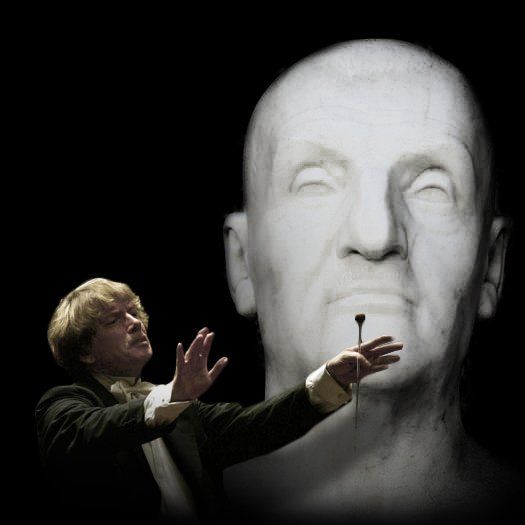
Die Story





